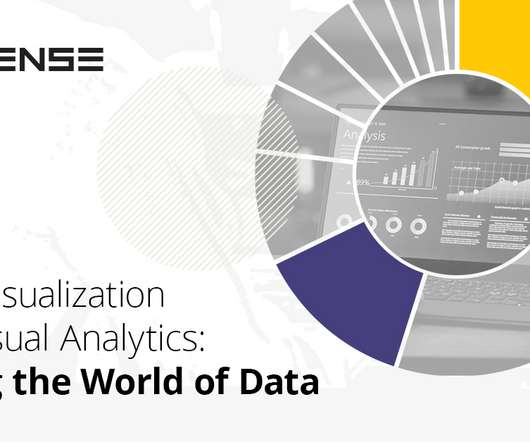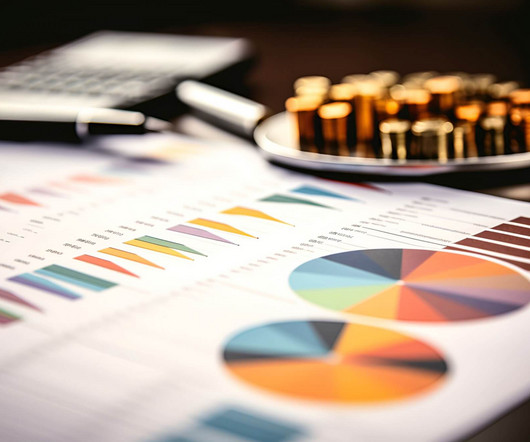Three Types of Actionable Business Analytics Not Called Predictive or Prescriptive
Rocket-Powered Data Science
OCTOBER 6, 2023
Decades (at least) of business analytics writings have focused on the power, perspicacity, value, and validity in deploying predictive and prescriptive analytics for business forecasting and optimization, respectively. What is the point of those obvious statistical inferences? How does that work in practice?





















Let's personalize your content